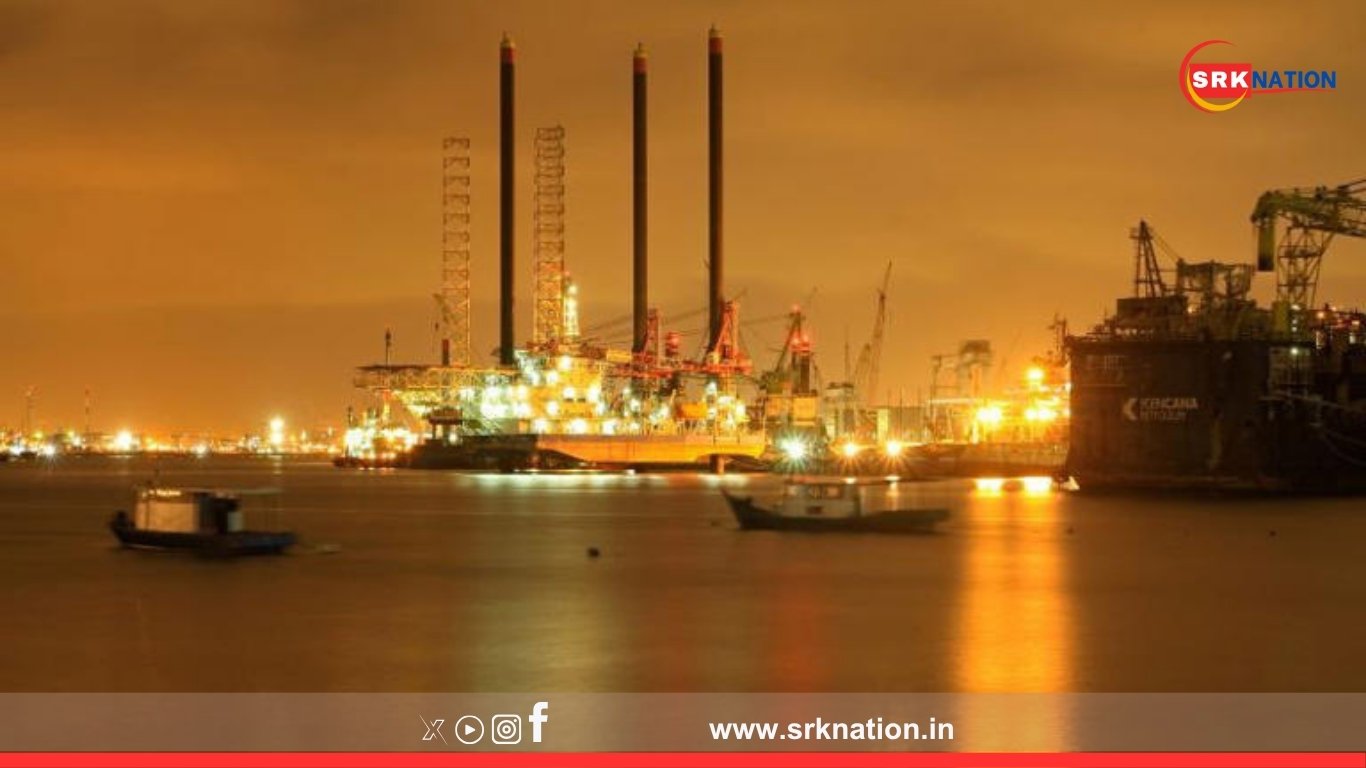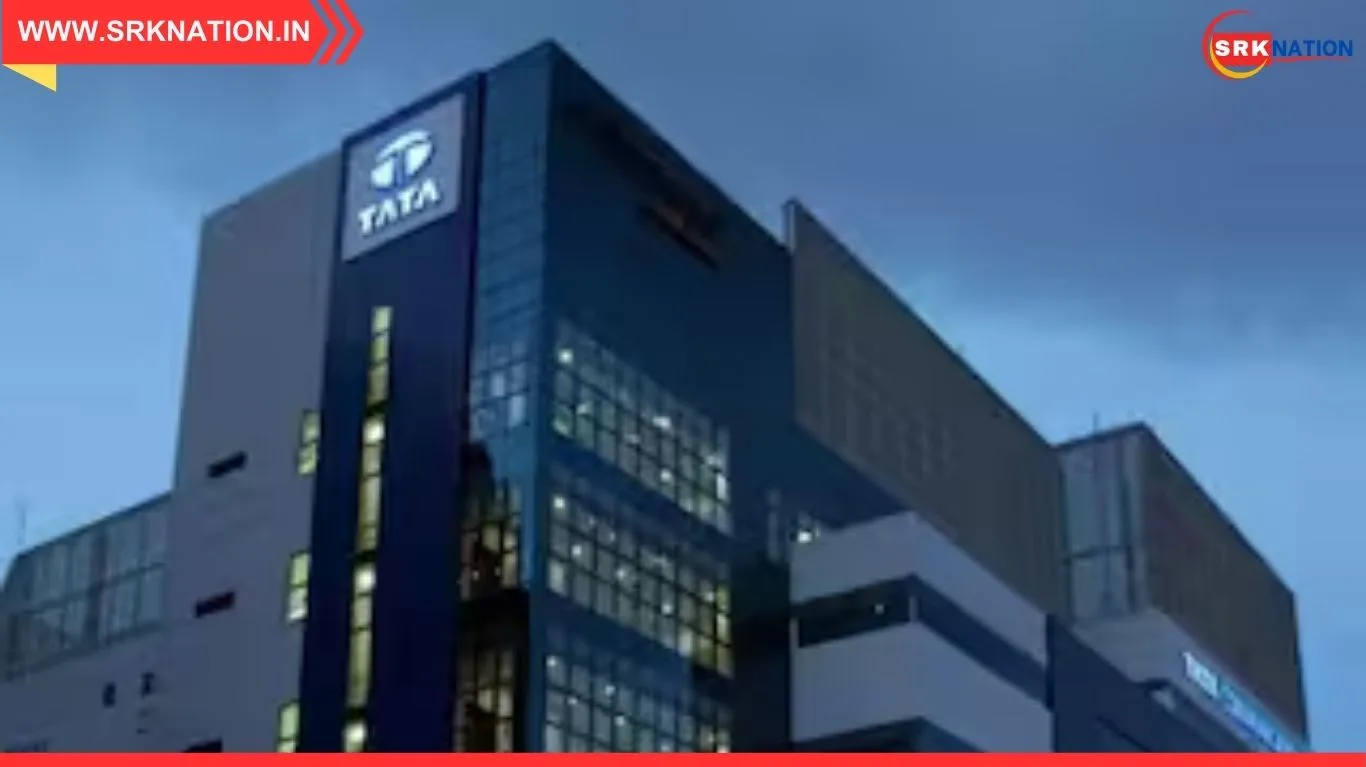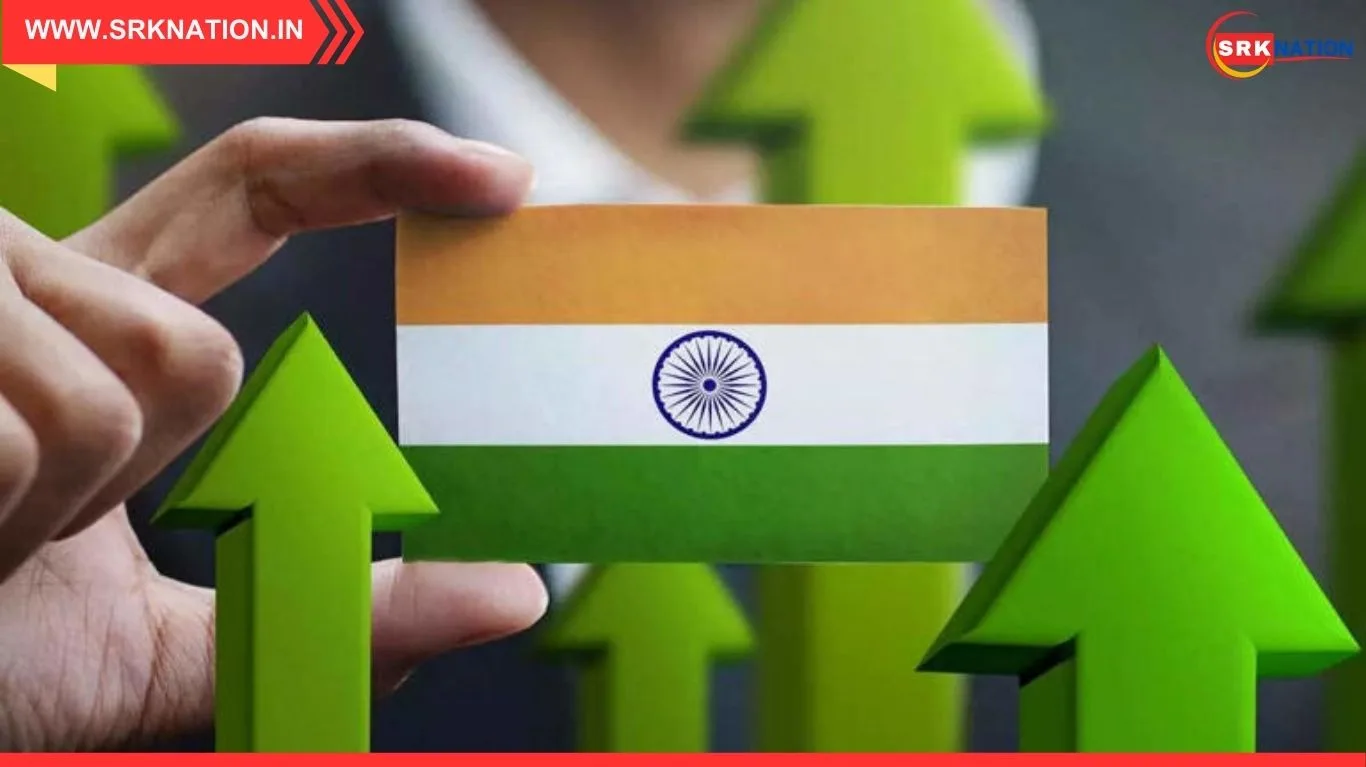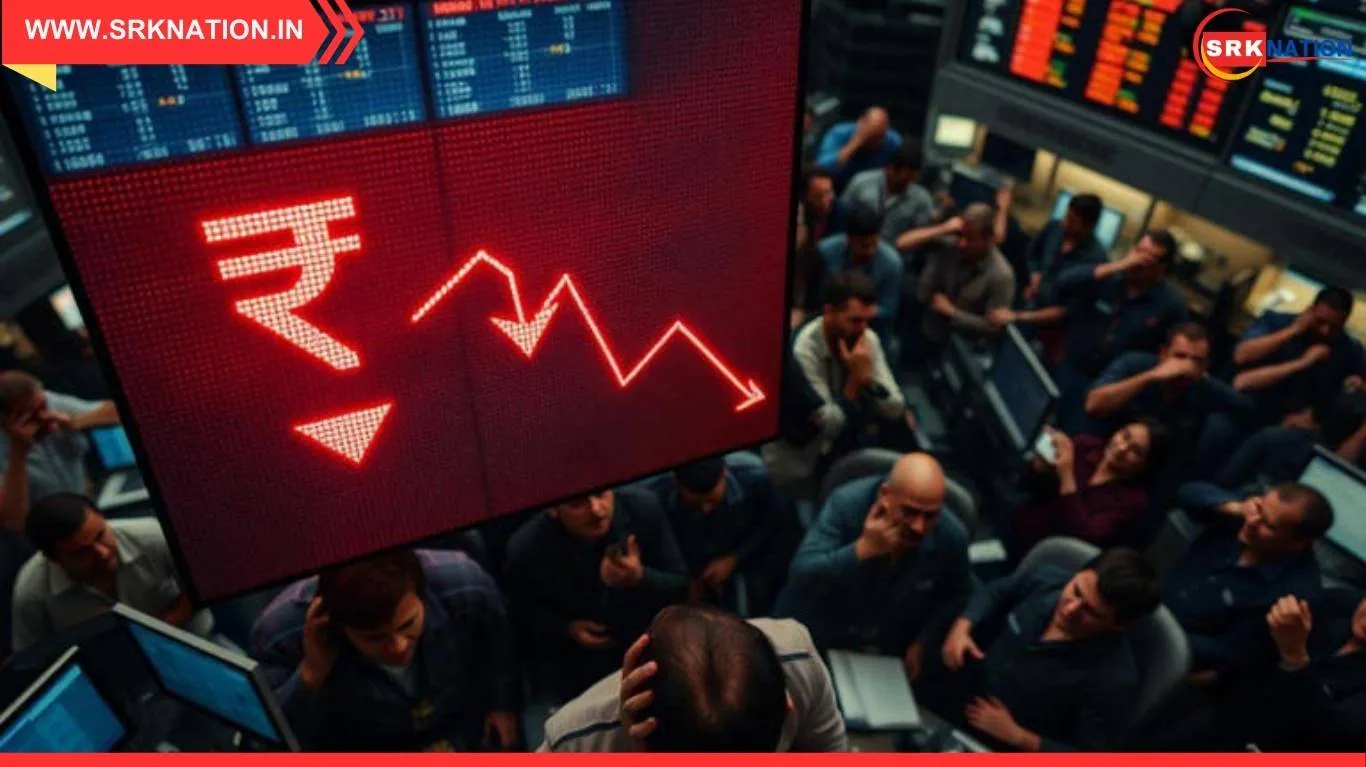In a major move to enhance national energy security, India has announced plans to construct three new strategic petroleum reserves (SPRs) to strengthen its emergency crude storage capacity and meet the International Energy Agency’s (IEA) recommended standards. This decision comes amid rising global oil market volatility and geopolitical uncertainties that have exposed vulnerabilities of major oil-importing nations.
Key Details of India’s Strategic Reserve Expansion
According to officials from the Ministry of Petroleum and Natural Gas, the proposed SPRs will be set up at:
- Chandikhol in Odisha
- Padur in Karnataka (Phase II expansion)
- Bikaner in Rajasthan
The new facilities will add an additional 6.5 million tonnes (MT) to India’s existing strategic storage capacity, taking the total to around 11.8 MT, which equates to approximately 90-95 days of net imports, in line with IEA norms for member and associate countries.
Why the Expansion?
Currently, India maintains strategic reserves at three locations:
- Visakhapatnam, Andhra Pradesh (1.33 MT)
- Mangaluru, Karnataka (1.5 MT)
- Padur, Karnataka (2.5 MT)
These sites together store around 5.33 MT of crude oil, providing only 9-10 days of national consumption cover. The expansion aims to:
- Increase buffer stock to tackle global supply disruptions such as the Russia-Ukraine conflict, Middle East tensions, or OPEC production cuts.
- Ensure compliance with IEA standards, which require a minimum of 90 days’ import coverage for strategic reserves.
- Strengthen bargaining power in crude oil purchase negotiations, enabling strategic buying during low price cycles.
Financing and Execution
The expansion is planned under a public-private partnership (PPP) model, similar to the Padur Phase II project. Key features include:
- Private players can lease part of the storage capacity for commercial trading while maintaining strategic stock obligations for national emergencies.
- The government retains the right to requisition the entire reserve in extreme supply shock scenarios.
Oil Industry Development Board (OIDB) funds and budgetary allocations will also support land acquisition, cavern construction, and pipeline connectivity to refineries and ports.
Strategic Reserves: Global Context
| Country | Strategic Reserve Capacity | Days of Cover |
|---|---|---|
| USA | ~714 million barrels | 90+ |
| China | ~400 million barrels | ~60-80 |
| Japan | ~500 million barrels | 160+ |
| South Korea | ~200 million barrels | 90+ |
| India | Current: 5.33 MT (38 million barrels) | ~9-10 |
| India (Post Expansion) | ~11.8 MT (86 million barrels) | ~90-95 |
(Compiled from IEA and national energy ministry data)
Official Statements
Oil Minister Hardeep Singh Puri said:
“Energy security is critical to India’s economic growth and strategic autonomy. These reserves will shield us from global oil market volatility while enhancing our credibility as a major Asian economy aligned with global best practices.”
Industry Reactions
- Indian Oil Corporation (IOC) and Hindustan Petroleum (HPCL) welcomed the move, highlighting that it will stabilise refinery operations during import disruptions.
- Energy analysts noted that building caverns near ports ensures quick evacuation and cost efficiency, crucial for operational viability.
- However, they cautioned that commercial leasing agreements must include clear emergency withdrawal clauses to ensure national interest is prioritised during crises.
Energy Security and Geopolitical Implications
India is the world’s third-largest crude importer, sourcing nearly 85% of its oil needs from abroad, primarily from West Asia. Strategic reserves help:
- Buffer against sudden price spikes due to geopolitical tensions (e.g., Strait of Hormuz blockades).
- Support diplomatic leverage by enabling strategic releases to calm markets, as coordinated with the US and IEA in 2022.
- Enhance long-term supply diversification goals under India’s energy transition roadmap.
Challenges Ahead
- Cost: SPR construction involves high capital expenditure with limited immediate returns.
- Land acquisition delays, especially in states with environmental or local resistance.
- Maintaining oil quality over long storage periods requires advanced monitoring and periodic rotation with refinery feedstock.
Future Outlook
The expansion aligns with India’s broader energy security policy, which includes:
- Increasing domestic oil and gas production, targeting 1 billion tonnes oil equivalent by 2047.
- Expanding renewable energy capacity to 500 GW by 2030, reducing oil import dependency.
- Strengthening pipeline connectivity for quick evacuation from SPRs to key refineries nationwide.
Conclusion
India’s strategic petroleum reserve expansion is a timely and critical step towards ensuring uninterrupted energy supplies, stabilising the economy during global crises, and meeting international standards for emergency preparedness. As global energy geopolitics remain volatile, these reserves will serve as a strategic cushion to protect India’s growth and security interests in the decades ahead.
Disclaimer: This news report is based on official government statements, Ministry of Petroleum and Natural Gas updates, and IEA standards as of July 2025. Readers are advised to follow final Cabinet approvals and state notifications for detailed implementation schedules.











